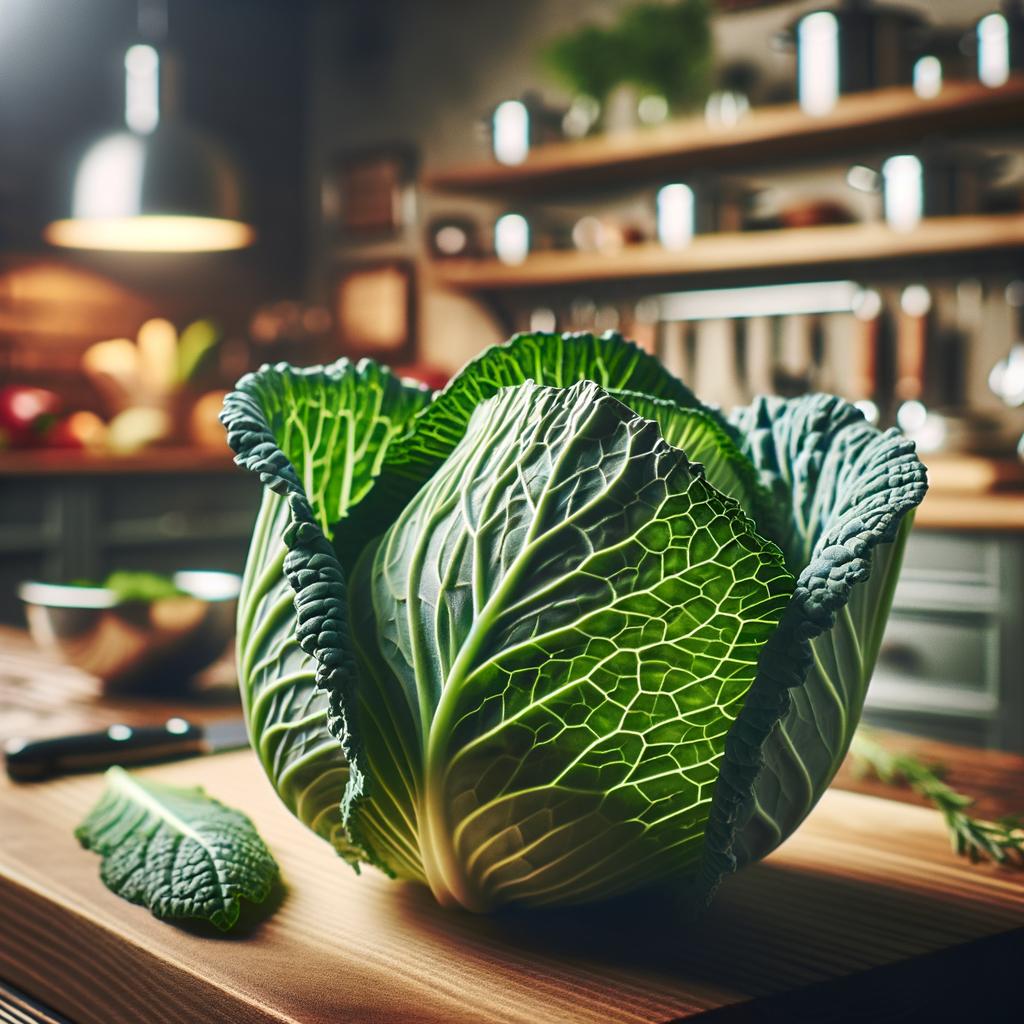Cabbage Leaves

Description
Cabbage leaves are the unsung heroes of the vegetable world. They are a vibrant shade of green, sometimes with purple or white tints, their surfaces smooth and slightly glossy, with a firm, yet pliable texture. Their flavor profile is complex - a unique blend of earthy, slightly bitter, and subtly sweet undertones. What sets cabbage leaves apart from similar ingredients is their versatility. They can be eaten raw, cooked, or even used as a wrap, and they hold their shape beautifully, providing a satisfying crunch or a tender bite, depending on how they're prepared.
Primary Uses
Cabbage leaves are a culinary chameleon, finding their place in a wide variety of dishes across different cuisines. They are a key ingredient in coleslaw, a staple in American barbecues. In Eastern Europe, they are used in the traditional dish of stuffed cabbage rolls, while in Asia, they are fermented to make kimchi. Beyond their culinary uses, cabbage leaves have also been used medicinally. They are known to have anti-inflammatory properties and have been used as a natural remedy to soothe joint pain and swelling.
History
Cabbage has a rich and romantic history, dating back to the times of the ancient Greeks and Romans who revered it for its medicinal properties. It was believed that the vegetable could cure a multitude of ailments, from gout to drunkenness. Over time, its popularity spread across Europe and Asia, with each culture adopting and adapting it to their culinary traditions. A fascinating folklore associated with cabbage is that babies are found in cabbage patches, a story that has delighted children for generations.
Nutritional Information
Cabbage leaves are a nutritional powerhouse. They are an excellent source of vitamins C and K, and a good source of fiber, vitamin B6, and folate. They also contain smaller amounts of iron, magnesium, and potassium. The consumption of cabbage leaves is associated with numerous health benefits, including improved digestion and a reduced risk of heart disease. Compared to similar leafy greens like lettuce, cabbage leaves have a higher nutritional value, providing more vitamins and minerals per serving. This humble vegetable, with its layers of goodness, truly stands as a testament to the fact that food is not just about sustenance, but also about the stories it carries and the health it imparts.

